trees of the desert?
avalen
14 years ago
Related Stories
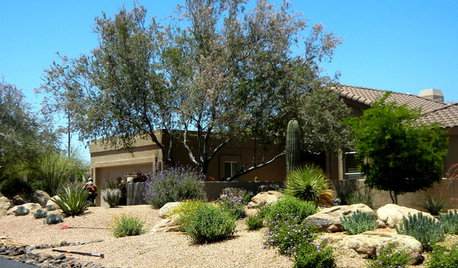
GARDENING GUIDESGreat Design Plant: Olneya Tesota Offers Desert Shade
This long-lived Southwestern native tree decorates the sky with its dusty gray-green foliage and lavender-colored blossoms
Full Story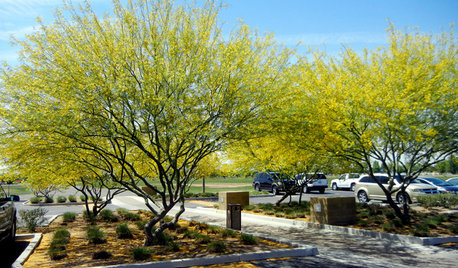
TREESGreat Design Plant: Desert Museum Palo Verde Offers a Colorful Canopy
Rising above others with its long bloom time, artful vase shape and lack of thorns, this tree is great for casting filtered shade
Full Story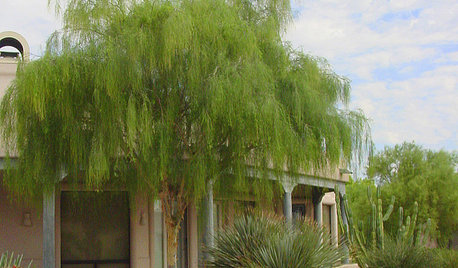
GARDENING GUIDESGreat Design Plant: Palo Blanco Softens Sharp Desert Angles
Willowy foliage and creamy white bark give this tree a delicate beauty, but its constitution is tough
Full Story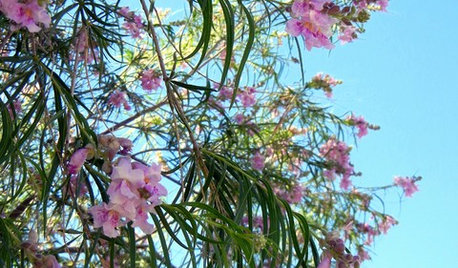
LANDSCAPE DESIGNGreat Design Plant: Paint the Summer Landscape With Desert Willow
If the vibrant flowers of this Southwestern native tree don't blow you away, the hummingbirds, fire resistance and low maintenance will
Full Story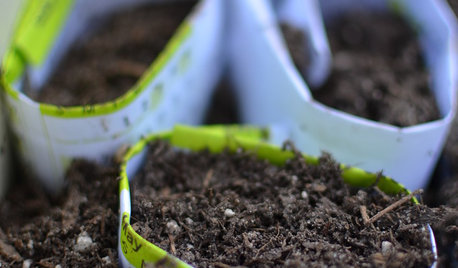
SOUTHWEST GARDENINGTexas and Desert Southwest Gardener's January Checklist
Since snow doesn't swirl in these parts, it's time to get fruit trees in the ground, check irrigation and color the garden with annuals
Full Story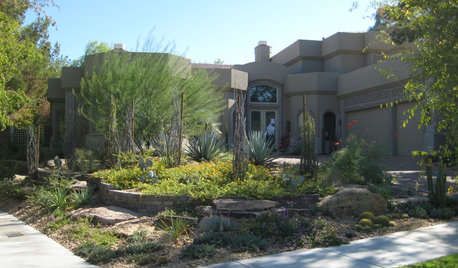
GARDENING AND LANDSCAPINGLush Garden in the Las Vegas Desert
Beauty goes hand in hand with water savvy in a couple's oasis of green in the Nevada desert
Full Story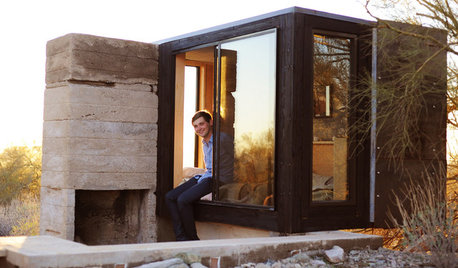
SMALL HOMESHouzz Tour: A Student's Bed-Size Shelter in the Arizona Desert
Could you sleep in such a small space just above the desert floor? One Taliesin architecture student at a time does just that
Full Story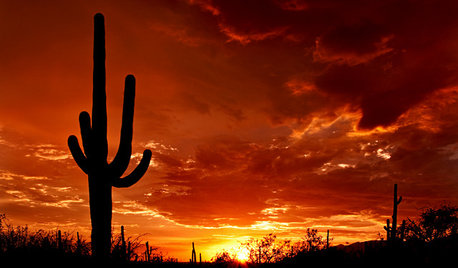
GARDENING GUIDESMeet the Mighty Saguaro of the Desert Landscape
You’ve seen its form in films, on souvenirs and much more. Now get to know this iconic cactus of the Sonoran Desert
Full Story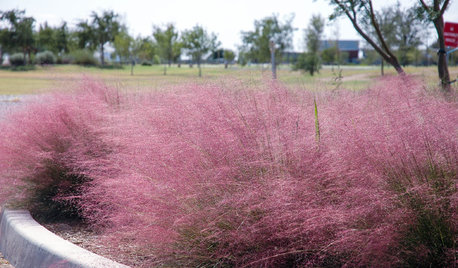
NATIVE PLANTS10 Top Plants Native to the Desert Southwest
Get a thriving garden despite unforgiving conditions with these tough, unthirsty, sun-loving beauties
Full Story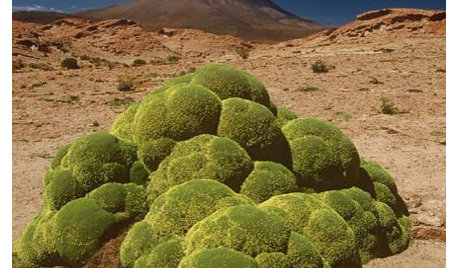
LANDSCAPE DESIGNLet Nature Inspire Your Landscape: Devise a Desert Garden
Looking for the ultimate low-maintenance plant picks? Nature is way ahead of you
Full Story





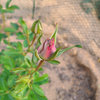
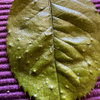
azbolt
softmentor
Related Professionals
Benbrook Landscape Architects & Landscape Designers · Finneytown Landscape Architects & Landscape Designers · Camp Verde Landscape Contractors · Fort Atkinson Landscape Contractors · Fuquay-Varina Landscape Contractors · Galt Landscape Contractors · Lakeville Landscape Contractors · Mount Sinai Landscape Contractors · North Potomac Landscape Contractors · North Ridgeville Landscape Contractors · Reedley Landscape Contractors · Secaucus Landscape Contractors · South Lake Tahoe Landscape Contractors · Hueytown Landscape Contractors · Piedmont Carpentersaztreelvr
rdmae
magicgarden_az